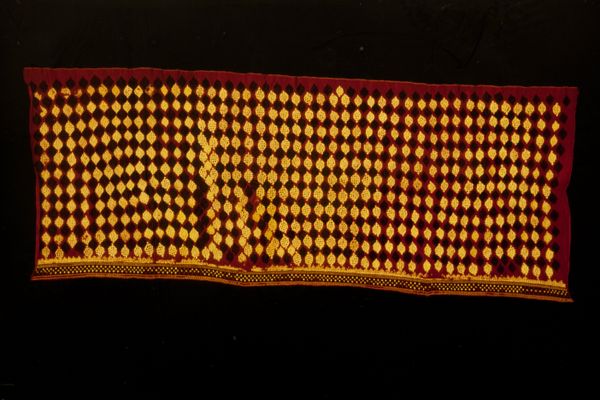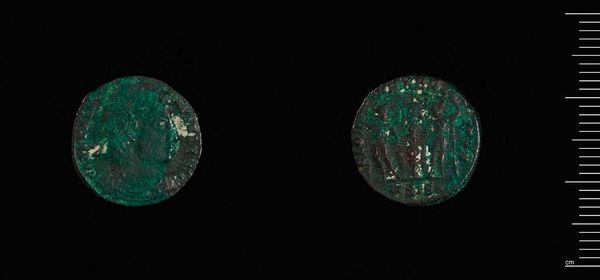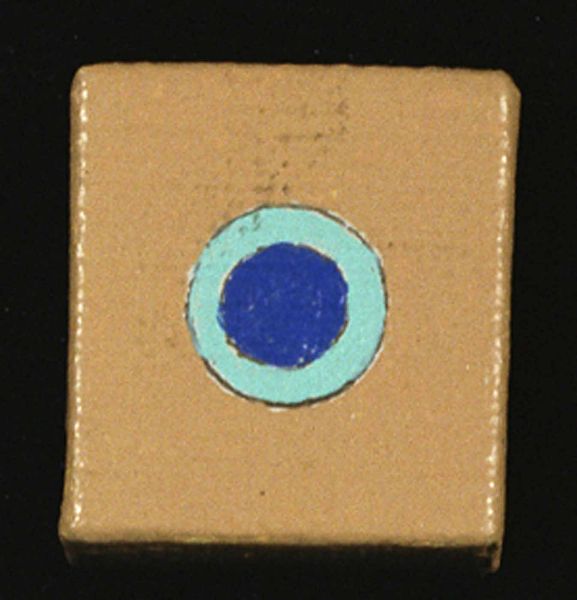
print, daguerreotype, photography
#
still-life-photography
# print
#
daguerreotype
#
photography
#
geometric
#
modernism
#
realism
Dimensions: From 3.2 x 2.5 cm (1 1/4 x 1 in.) to 7.2 x 5.9 cm (2 13/16 x 2 5/16 in.)
Copyright: Public Domain
Editor: This is "Eclipse of the Sun" by W. & F. Langenheim, made in 1854. These small daguerreotypes are incredibly striking, almost jewel-like against the dark background. The way they capture the different phases of the eclipse feels so precise. How do you interpret this work, especially considering it was created so early in the history of photography? Curator: Precisely. These are records, yes, but think about what an eclipse meant culturally. Eclipses, historically, were seen as portents, omens. The sun disappearing was associated with chaos or shifts in power. Langenheim isn't just capturing light; they are recording a break in the cosmic order, even if temporarily. The real question becomes: Why bother recording such a spectacle? Editor: So you think they are intentionally playing with the cultural significance, and not just scientifically documenting it? Curator: Absolutely. Look at the way they’ve presented these images – each eclipse phase meticulously framed, almost revered. Remember the historical context: the mid-19th century was ripe with fascination surrounding both science and spirituality. The rise of photography allowed the average citizen to connect personally to moments in the cosmos in ways never conceived. What do you suppose the intent behind the creation and distribution of a piece such as this might be? Editor: Perhaps to make the unseeable – like a cosmic event – tangible and accessible, even as art. But wouldn't most see it as a scientific documentation? Curator: Consider that in 1854, photography itself was often regarded with a mixture of awe and suspicion, a kind of alchemy made real. It blurred the lines between science and magic. It allowed individuals to ponder their place in the solar system on an individual level in a manner in which their predecessors never had. That liminal space is where cultural meaning resides. Editor: I hadn't thought of it that way, as something existing between science and magic, fact and feeling! This gives me so much to consider. Curator: Indeed, the Langenheims used cutting-edge technology to touch on age-old anxieties and curiosities surrounding the celestial unknown. It's that tension that makes this collection of images so powerful.
Comments
No comments
Be the first to comment and join the conversation on the ultimate creative platform.













